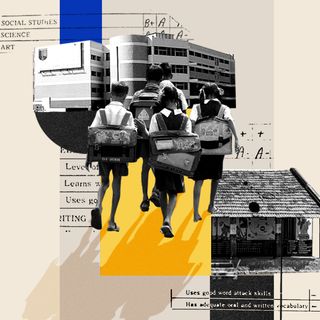In The Buzz Cut, we bring you a round-up of all the weird, controversial, and wonderful stories we’ve been reading all week.
Recently, Taylor Swift released a sister album to hit “Folklore,” called “Evermore,” to the pleasant shock and disbelief of fans worldwide. In recent years, Swift has become a gay icon, partly fueled by fans’ dedicated interpretations of her work, which many believe to have undeniable queer undertones. In the latest album, the obsession comes in the form of “Dorothea.”
*
A New Yorker writer delves into our unrealized lives — before the pandemic, they were fantasies of unrealized potential, of lost dreams. In 2020, they’re literally unlived lives, while we watched the year pass by. What can we learn from it?
*
A new trend of YouTube videos has become popular in the pandemic — a ‘day in the life of’ Muslim women who take to vlogs to express themselves. The catch? You can’t see their faces.
*
In this New York Times interactive, two Delhi children — one from a poor socio-economic background, and one from an upper-middle-class household — experience life, and the city’s dire pollution differently. Here’s how vast that gap is.
*
2020 was a year of many new and novel things — a worldwide pandemic tops the list. But on a more positive note, it was also the year of women’s dissent. Around the world, women from all religions, classes, castes took to the streets in countries around the world to fight oppression in all shapes and forms. Will this last past 2020?
*
The one thing 2020 has taught us that there’s no right way to cope, with loss, isolation, boredom, or stress. A novel way that’s emerging is young people play-acting in plague-doctors’ outfits from the 17th century. Hey, whatever floats your boat.
*
The 2020 pandemic has been the hardest on children. What once was a busy day full of school and play, then turned into tedious zoom calls and the frustration of being trapped with no outlet. What has the Covid19 pandemic done to the children of quarantine, and their developing brains?
*
Horse-racing may be the elite, chic pastime of rich people past, but in no way has it gone from contemporary India. Here’s all it takes to keep the sport (and spectatorship) alive of a quickly-disappearing activity.
*
Caste pervades all aspects of modern Indian society, even prisons. In this exposé, we find the labor in prisons is still dictated by caste (as is labor in the rest of India) and the discrimination that accompanies it.




